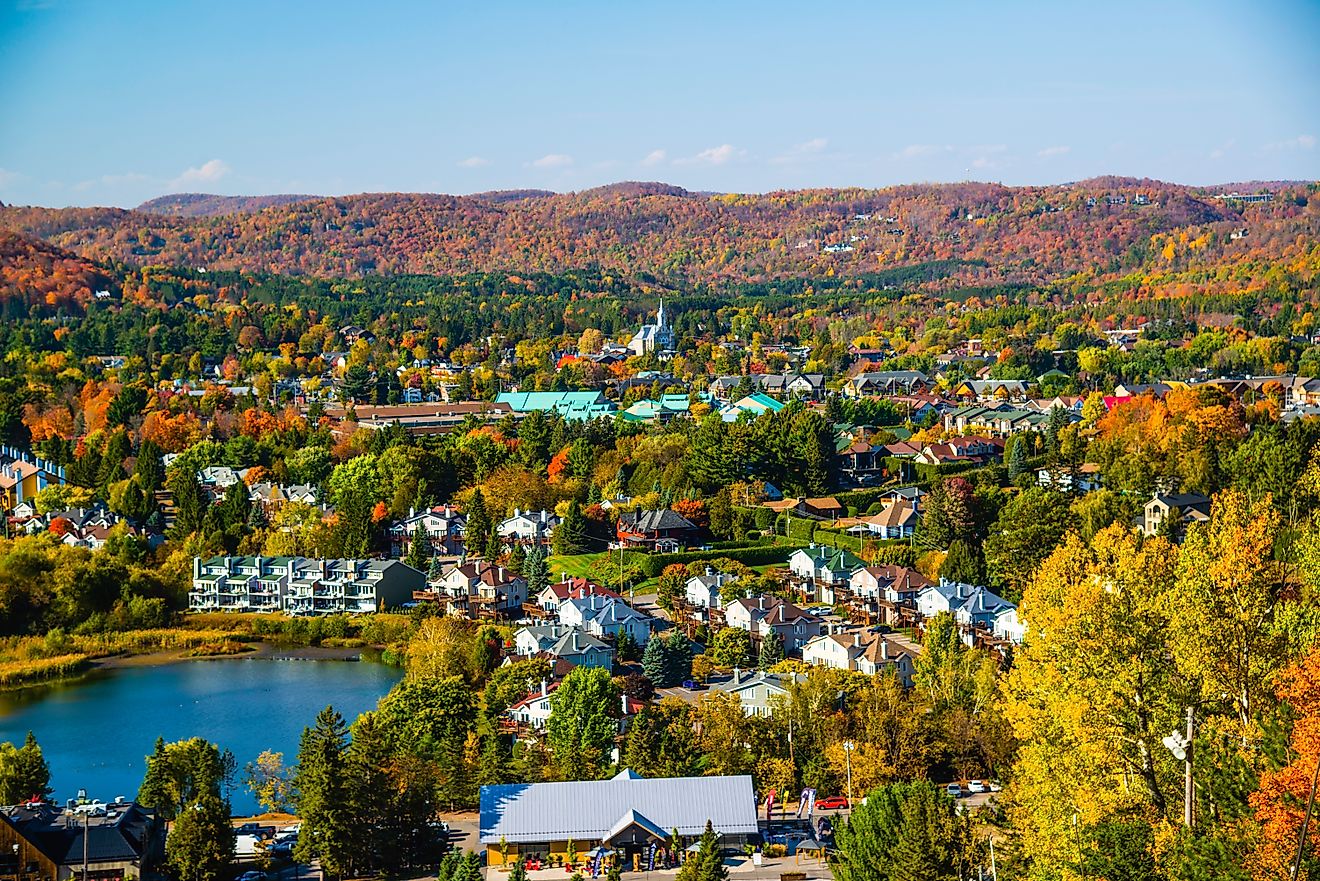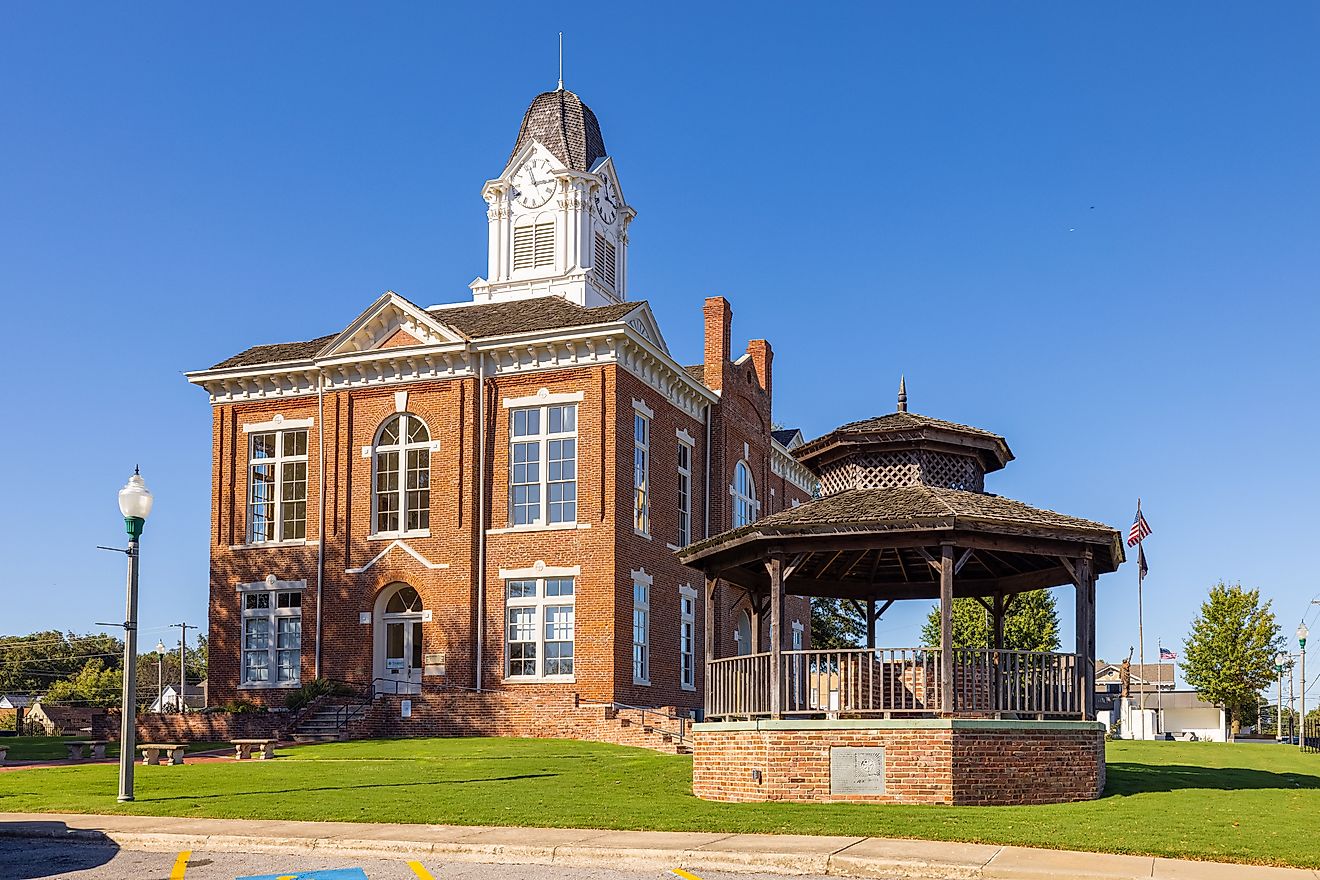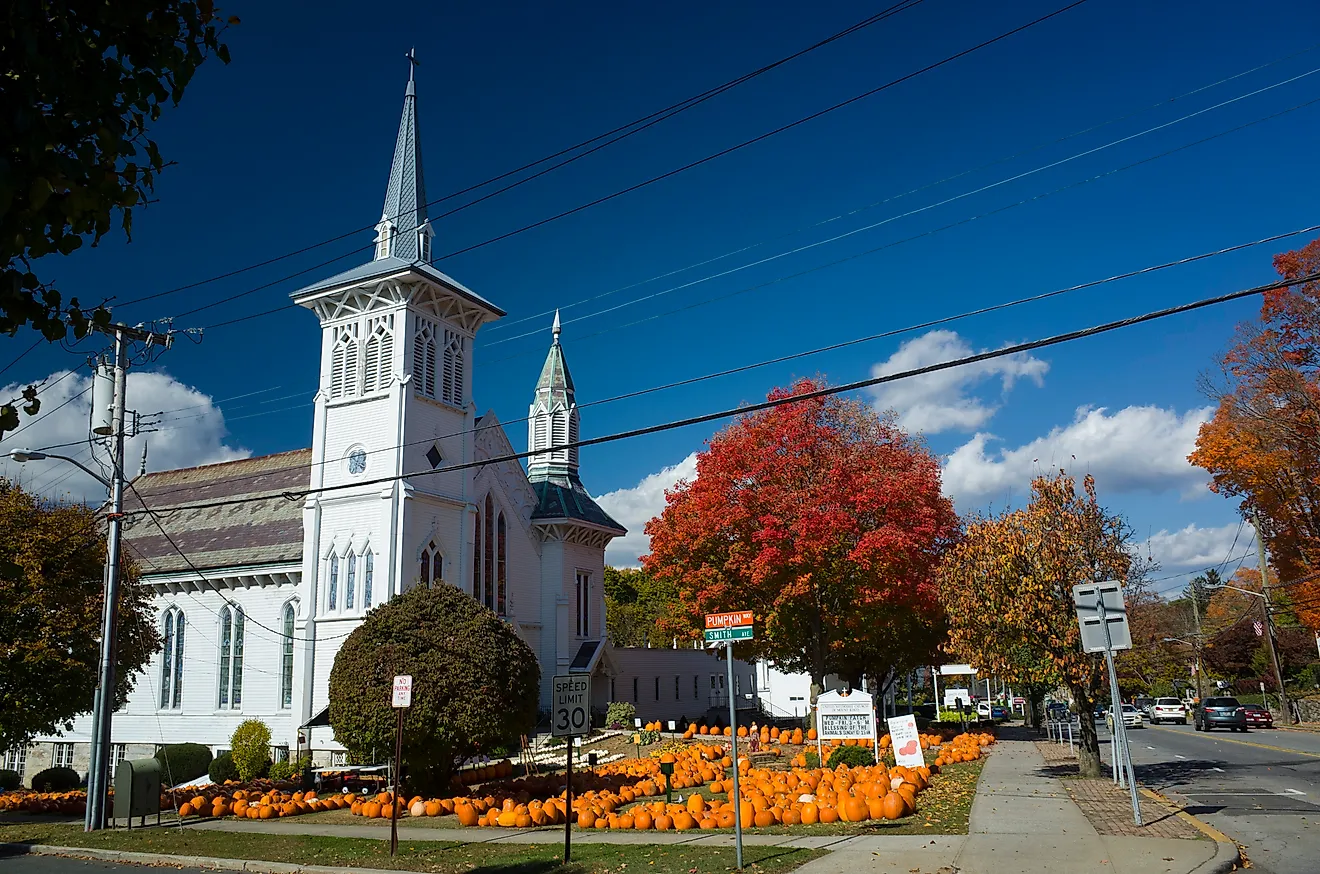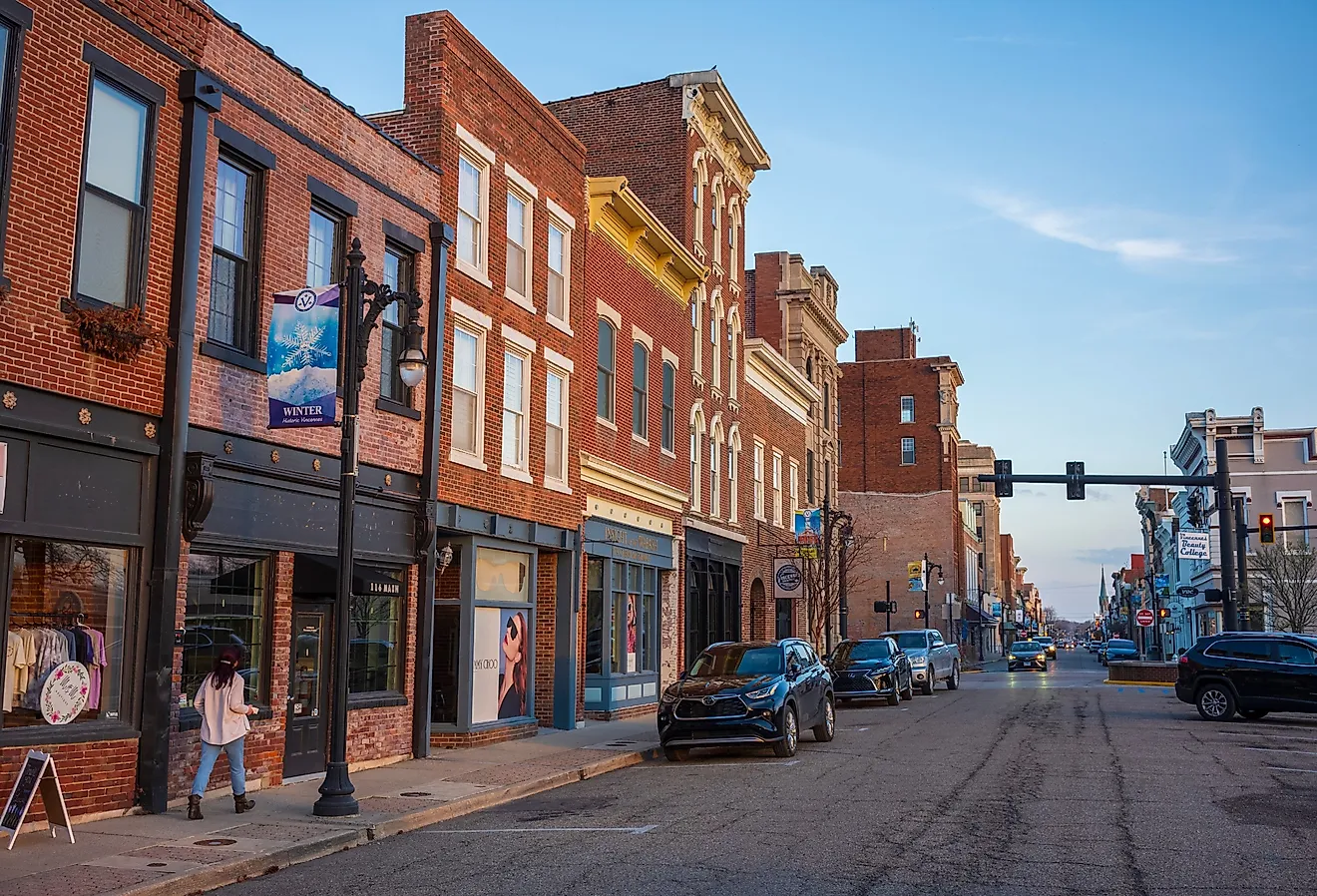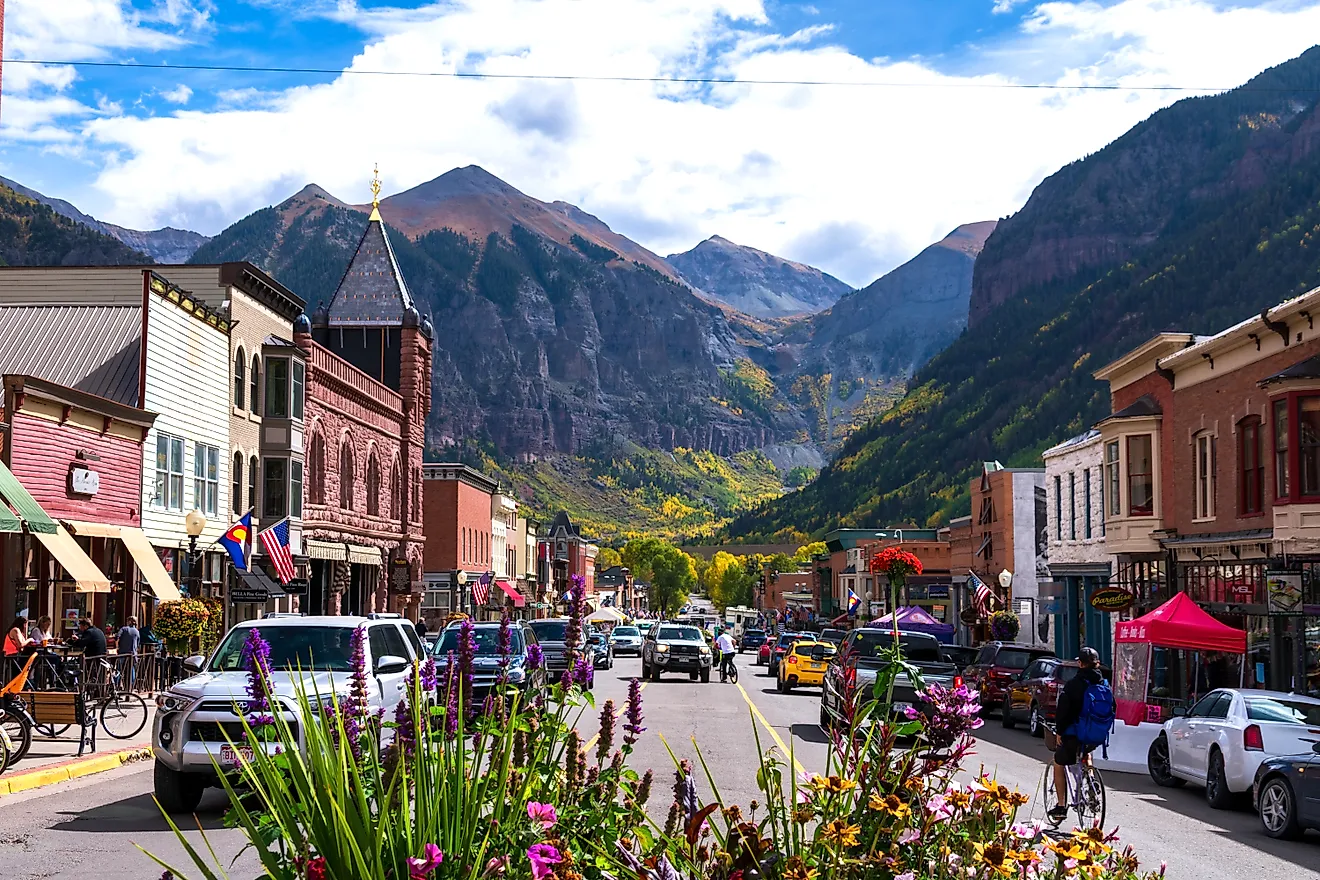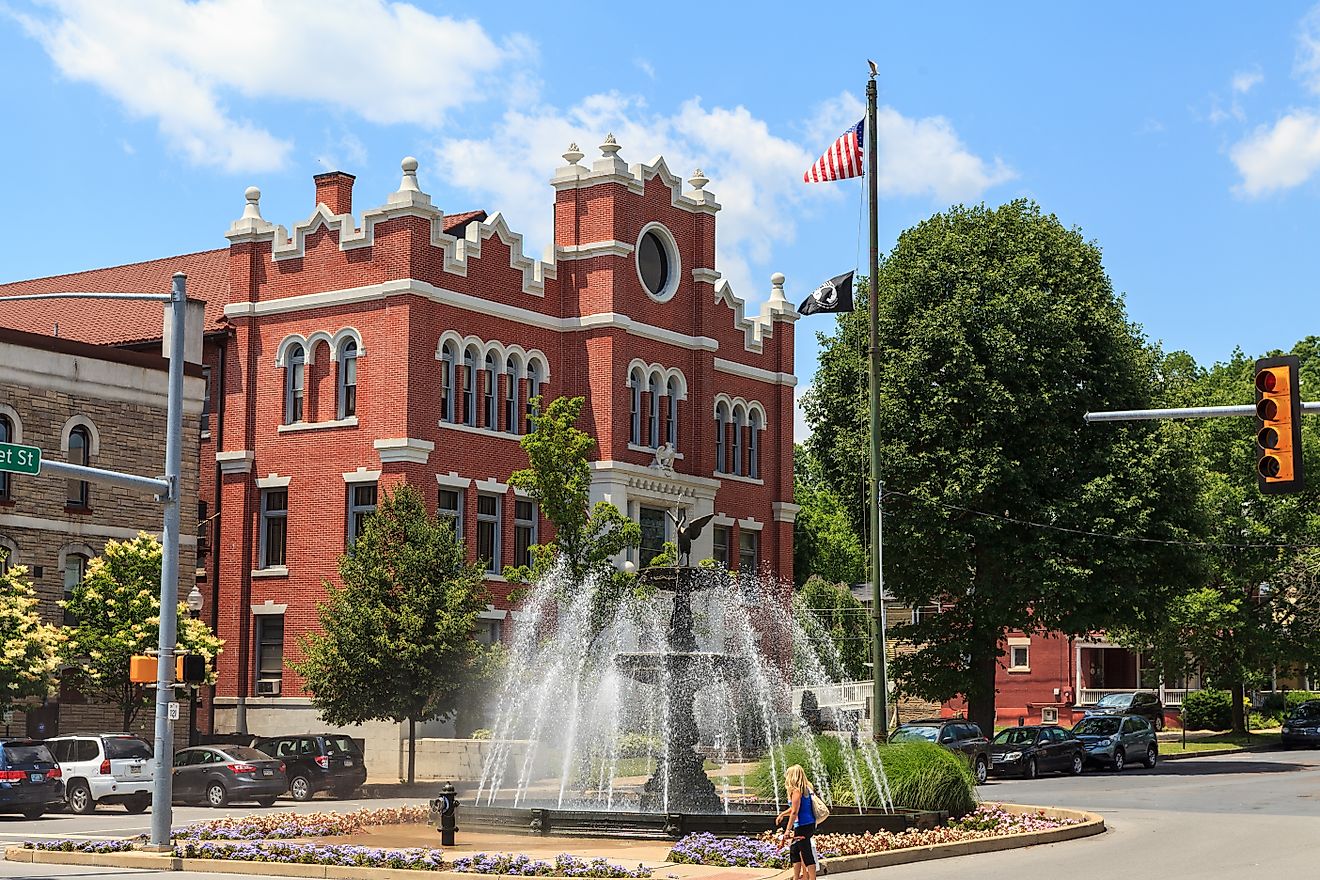
The 11 Can't-Miss Towns In The Adirondack Mountains
Stretching across six million acres of northern New York, the Adirondack Mountains make up one of the largest protected landscapes in the United States. Within this vast wilderness, you’ll find Olympic history in Lake Placid, treetop trails at The Wild Center in Tupper Lake, and the quiet beauty of Schroon Lake at sunrise. You smell the pine before you even roll down the car window. Every place has its own story, some shaped by Olympic glory, others by campfires, canoes, and laughter echoing across the water. From Whiteface Mountain’s snow-dusted peaks to the still mornings on Mirror Lake, these eleven can’t-miss Adirondack towns show what happens when small-town heart meets a landscape that never stops giving.
Lake Placid

Lake Placid wears its Olympic history like a badge of honor, and that pride lingers in every corner of town. The ski-jump towers still rise above the trees like quiet sentinels, reminders of the moments when the world’s best gathered here. Step inside the Olympic Center and you can feel the echo of blades carving across the ice on the same rink where the “Miracle on Ice” stunned the world in 1980. The Lake Placid Olympic Museum, located nearby, showcases medals, uniforms, and photographs that preserve the spirit of determination.
Outside the arenas, adventure continues on every horizon. Hikers set out toward the High Peaks, cyclists spin along forested roads, and paddlers drift across Mirror Lake as church bells echo through the hills. The Whiteface Mountain Veterans Memorial Highway climbs steadily toward a summit view that stretches clear to Vermont and Canada on a good day. In town, small shops line Main Street, their windows glowing in the reflection of the lake.
Saranac Lake

About fifteen minutes from Lake Placid, Saranac Lake has a creative vibe that you feel the moment you park your car. It’s big enough for art walks and small galleries, yet still compact enough that people nod when they pass you on Main Street. The Saranac Laboratory Museum tells the story of when people once came here seeking a cure in the crisp mountain air, drawn by the promise of rest and recovery. A few doors down, the Adirondack Artists Guild captures that same light in paint and canvas, proof that the landscape still inspires anyone who stops long enough to look.
Around town, the lakes and trails do their part in keeping things lively. Canoes and kayaks slip across Lake Flower, and nearby paths wind through forests that smell of pine and rain. Local cafés buzz with conversation and the steady hiss of espresso machines, while shop windows show off handmade goods and locally made artwork. Then winter arrives, and Saranac Lake shifts gears without missing a beat. The annual Winter Carnival takes over with parades, ice sculptures, and a glowing ice palace that shimmers under fireworks.
Old Forge

Old Forge feels like a summer camp that never had to grow up. The air smells like sunscreen, sugar, and the fryers at Enchanted Forest Water Safari. It’s one of New York’s largest water parks, and it sets the tone for the town’s playful heart. People stroll the sidewalks in flip-flops with ice cream cones in hand, and the hum of boat motors drifts up from the docks. Paddlers head for the Fulton Chain of Lakes, a string of calm waters that sparkle between pine-covered shores.
There’s an easy rhythm to life here, whether you’re hiking, fishing, or wandering through the small shops downtown. Art lovers visit the View Arts Center to see local exhibits and community performances, while others stop for pancakes before heading back out on the trails. When winter settles in, Old Forge doesn’t slow down. McCauley Mountain opens for skiing, snowshoe tracks crisscross the woods, and snowmobiles line up outside the diners that serve steaming mugs of coffee and pie.
Tupper Lake

Tupper Lake is curiosity turned into community. The Wild Center, one of the most beloved museums in upstate New York, invites visitors to wander through the treetops on its Wild Walk while the wind threads through spruce needles overhead. Inside, exhibits connect people to the land, water, and wildlife that make this region so alive. It’s the kind of place where you might leave knowing a little more about the forest and a lot more about why it matters.
Around town, the pace stays easy but full of life. The smell of woodsmoke drifts from cabins on the edge of the lake, and the water glows gold when the sun breaks the horizon. Locals gather at Raquette River Brewing Company to share trail stories and laugh over small-batch ales, the kind flavored with maple and mountain air. Hikers set out to complete the Tupper Lake Triad, a trio of nearby peaks that reward the climb with views stretching for miles. In the evenings, the stars come out thick and bright, reflected in the still water below.
Lake George Village

At the southern tip of its namesake lake, Lake George Village is the Adirondacks with a carnival grin. In summer, the boardwalk fills with the smell of popcorn and boat fuel, the clang of arcade games, and the laughter of families moving between ice cream stands and souvenir shops. Steamboats whistle across the water, their white plumes curling above the hills, and parasails drift lazily through the blue sky. Million Dollar Beach hums with life, from sandcastle builders to sunbathers who never quite make it out of the water.
History adds its own rhythm here. The reconstructed Fort William Henry Museum offers a window into the 18th-century battles once fought along these shores, complete with costumed guides and the boom of a musket demonstration. Later, the same lake that once echoed with cannon fire glows orange and pink at sunset, and visitors gather along the docks to watch it fade into the night.
Bolton Landing

If Lake George Village is the lively cousin, Bolton Landing is the one who prefers sunsets and good company by the dock. This lakeside town fills up each summer with sailboats, kayaks, and café chatter spilling onto the sidewalks. Along the shore, the air smells of sunscreen and cedar, and the sound of halyards tapping against masts keeps a slow rhythm. The Sembrich Museum, once the lakeside retreat of opera legend Marcella Sembrich, opens its doors to concerts and lectures that drift across the water like an echo from another time.
Down the street, the Bolton Landing Farmers Market draws locals and visitors alike with baskets of fresh berries, handmade crafts, and the kind of pastries that vanish before noon. Boutiques sell Adirondack art, pottery, and lake-inspired décor, while nearby marinas send out tour boats that glide past tree-lined islands. As evening falls, the Sagamore Resort pier glows softly under string lights, and couples gather to watch the stars ripple in the lake below.
North Creek
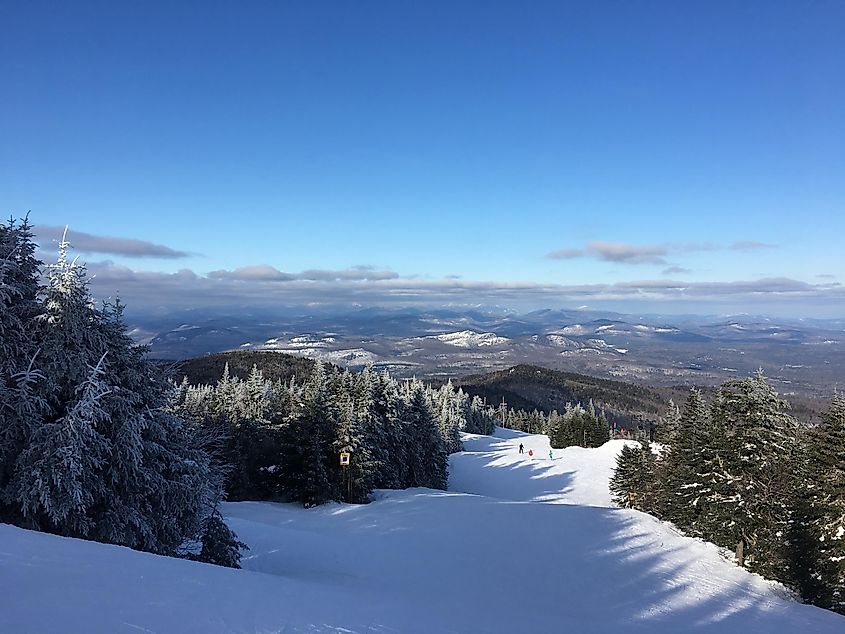
North Creek might be tiny, but it doesn’t feel small. The village sits in a deep valley where mountain ridges close in like old friends, and the Hudson River begins its long journey south. This is the place where one of the country’s first ski patrols took shape, and where Gore Mountain still calls skiers each winter with its wide trails and crisp air. The town hums quietly beneath the slopes, its streets lined with small cafés, outfitters, and lodges that welcome the kind of traveler who shows up with a backpack and a grin.
By late afternoon, the same rafters are drying gear on tailgates and swapping stories over coffee downtown. The North Creek Depot Museum keeps the town’s railroad history alive, including stories of presidential travel and the railroad’s role connecting the Adirondacks to the wider world. As night falls, woodsmoke drifts through the air, and the hills turn indigo.
Blue Mountain Lake

Blue Mountain Lake looks like a postcard someone forgot to take down from the fridge. The water sits calm and clear, cupped by forested hills that seem to lean in and listen. Early mornings belong to mist and the quiet dip of paddles as canoes glide across the surface. One can grab a bite at Chef Darrell’s Mountain Diner, hidden within the greenery, with delicious bites. The Adirondack Experience, a 121-acre open-air museum, anchors the town with exhibits that tell the story of life in the wilderness. Inside its restored cabins and boathouses, visitors see the tools, canoes, and crafts that once defined survival and leisure in these mountains.
Crown Point
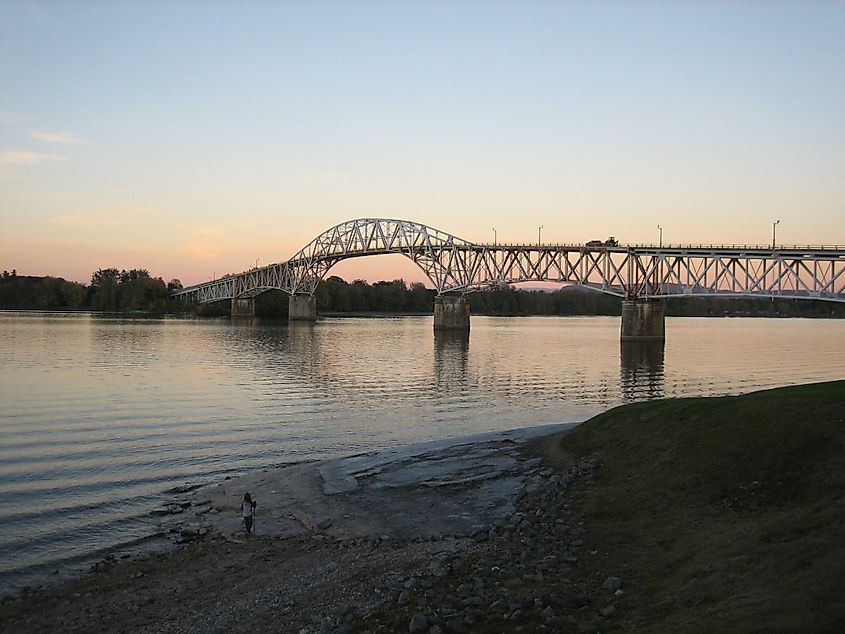
History runs deep in Crown Point. Perched on a limestone bluff above Lake Champlain, the town feels like a quiet keeper of stories older than itself. The Crown Point State Historic Site still holds the ruins of the French Fort St. Frédéric and the British fort that followed, their crumbling walls open to the wind and sky. You can walk the grassy paths where soldiers once stood watch and look out across the lake to Vermont, just as they did centuries ago.
The Crown Point Lighthouse, white and stately, stands nearby as both landmark and memorial, watching over the bridge that links New York to Vermont. The breeze carries the scent of fresh-cut grass and lake water, and the sound of gulls drifts between the stone walls. Families picnic under the maples while history buffs study the old foundations, tracing stories in the rough limestone.
Schroon Lake
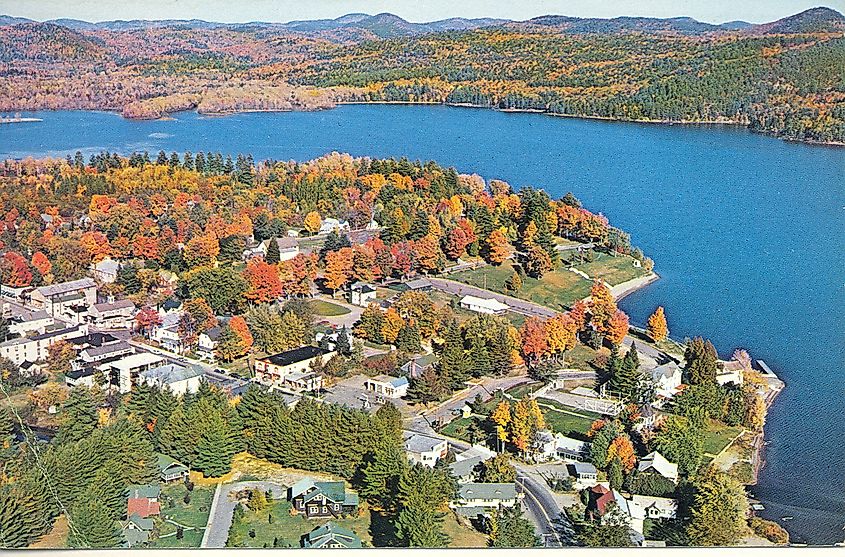
Schroon Lake feels like a summer vacation that decided to stay. The town wraps around its namesake lake, a long ribbon of clear, calm water where docks creak, porches lean into the breeze, and flags ripple against blue sky. The Schroon-North Hudson Historical Museum tells the story of generations who built lives along these shores, from loggers and homesteaders to families who came back year after year for the peace this place promises. For a taste of local flavor, stop by Sticks & Stones Wood Fired Bistro, where rustic pizzas and Adirondack fare pair perfectly with craft beer and lake views. If you crave a hike, the Pharaoh Mountain trail rewards every step with panoramas of forest and shining water that stretch in all directions. Back in town, music from the Boathouse Theater floats across the water, carried by the same air that cools the day’s last light.
Elizabethtown

Elizabethtown, the seat of Essex County, might be one of the Adirondacks’ best-kept history lessons. The town sits along the Boquet River, its sound threading through farmland, forest, and quiet streets lined with weathered homes. At the Adirondack History Museum, you can trace two centuries of frontier life through artifacts that tell stories of hard work and endurance. A restored homestead, fire tower, and sugarhouse show how self-reliance shaped this mountain community.
Nearby, the Cobble Hill Trail offers a short climb with wide valley views, while the Deer’s Head Inn serves hearty, locally inspired dishes in an intimate setting that feels like a gathering place from another era. Step outside afterward and wander down Main Street, where the breeze off the river carries the scent of pine and the steady hum of everyday life.
The Spirit Of These Mountains
From Olympic rinks to quiet lakes, these eleven Adirondack towns each carry a piece of the mountains’ soul. You can sip a local brew in Tupper Lake, hear loons cry over Blue Mountain Lake, or stand where soldiers once watched dawn break over Champlain. Every road bends toward another kind of story, one that smells like pine, sounds like laughter, and fills your lungs with clean, wild air. The Adirondacks don’t shout to impress you. They speak softly, through the wind in the trees and ripples on the water.
